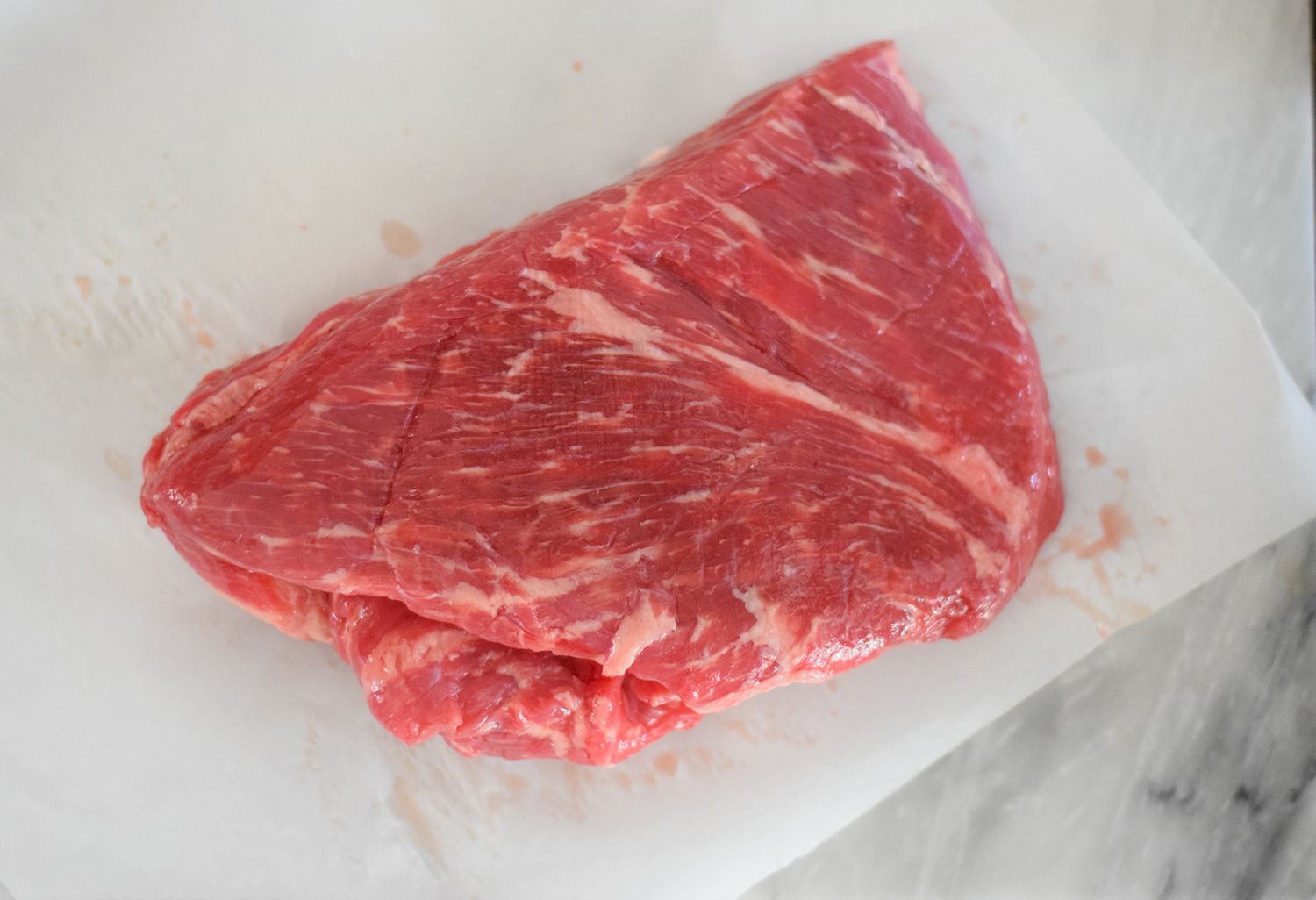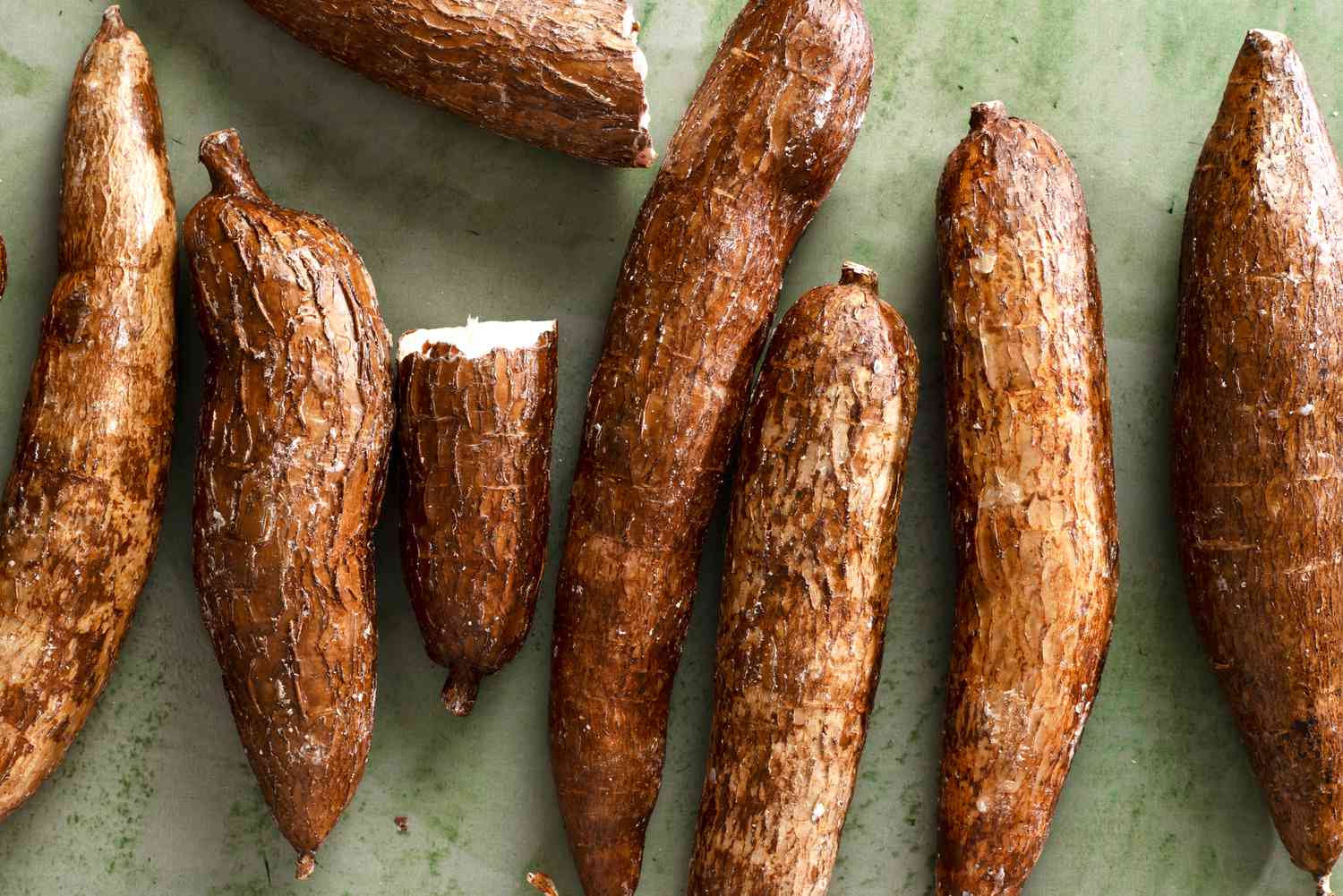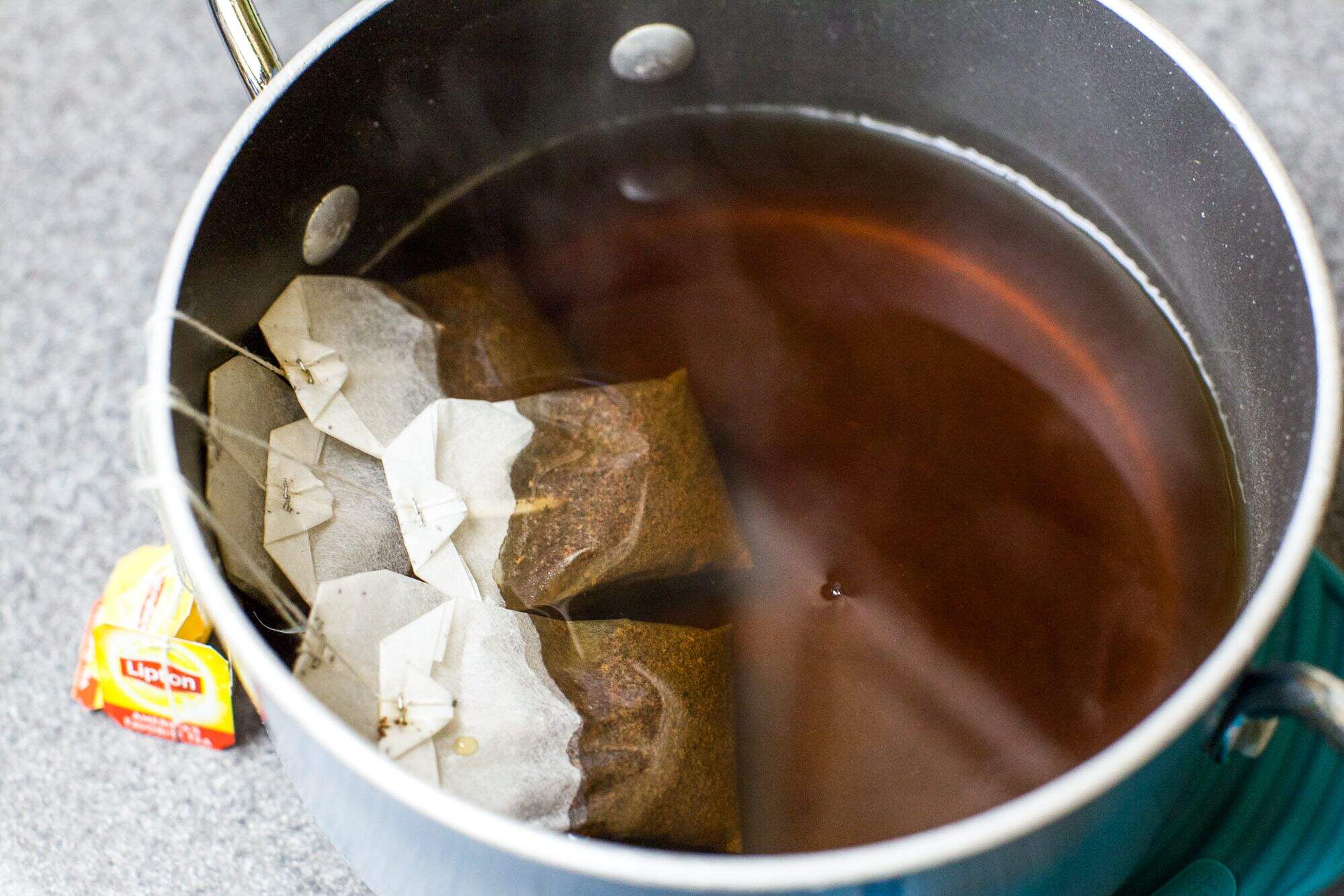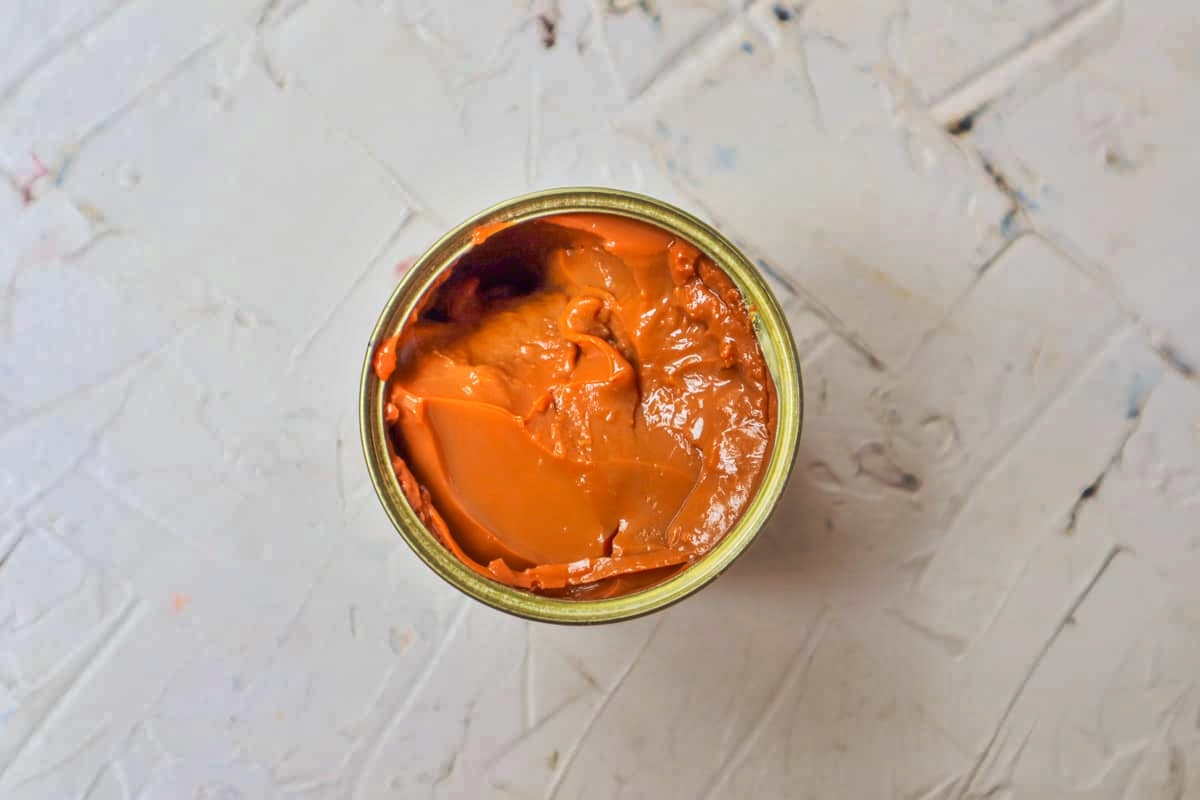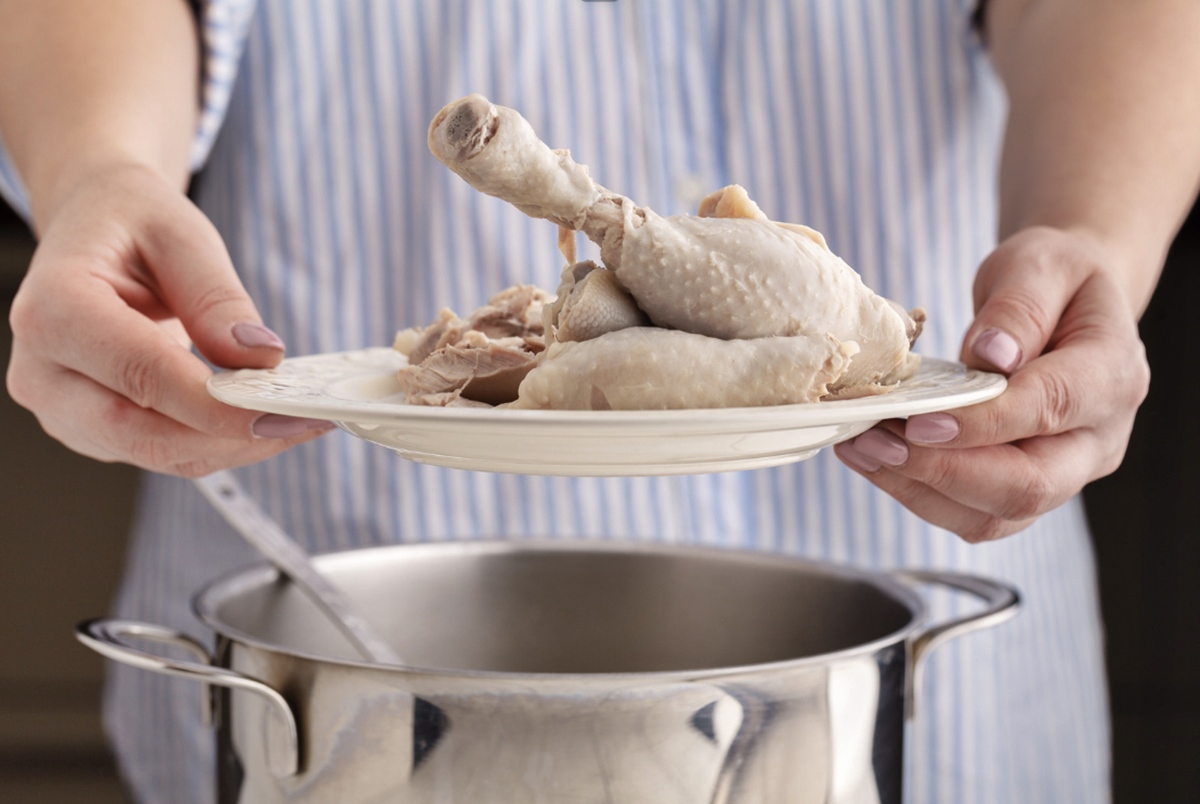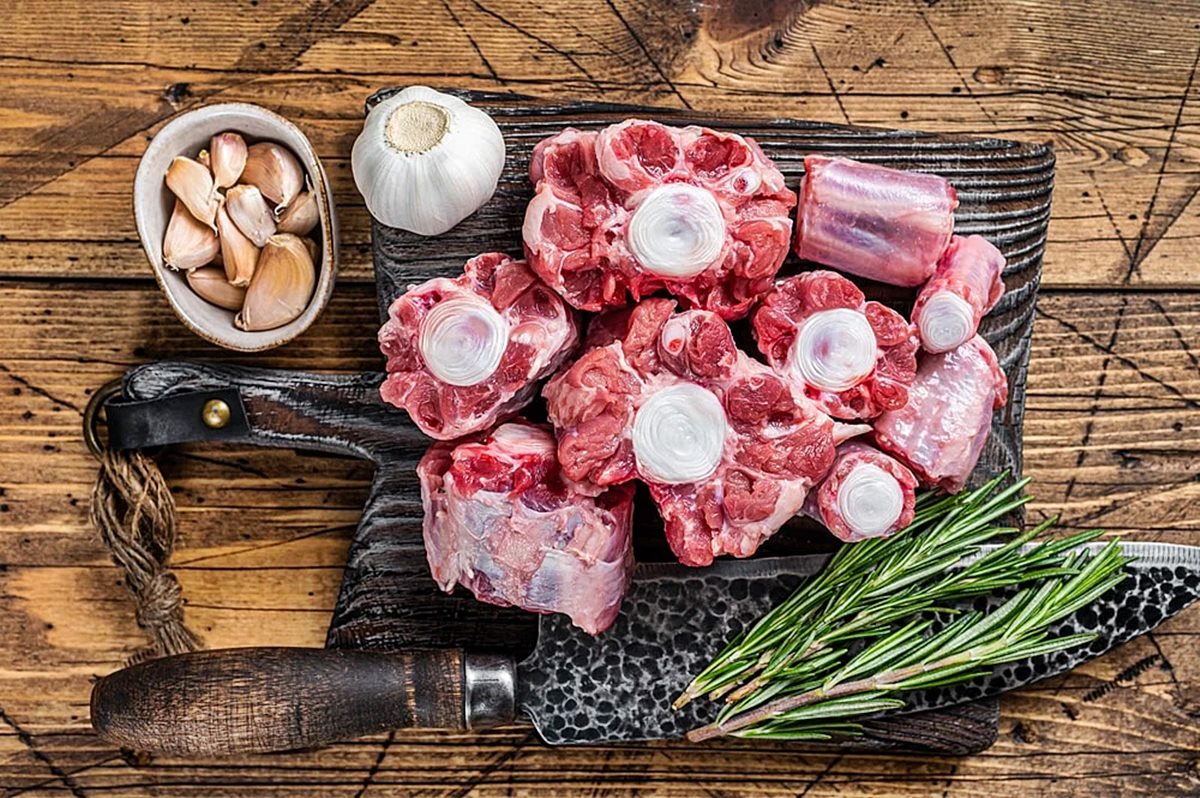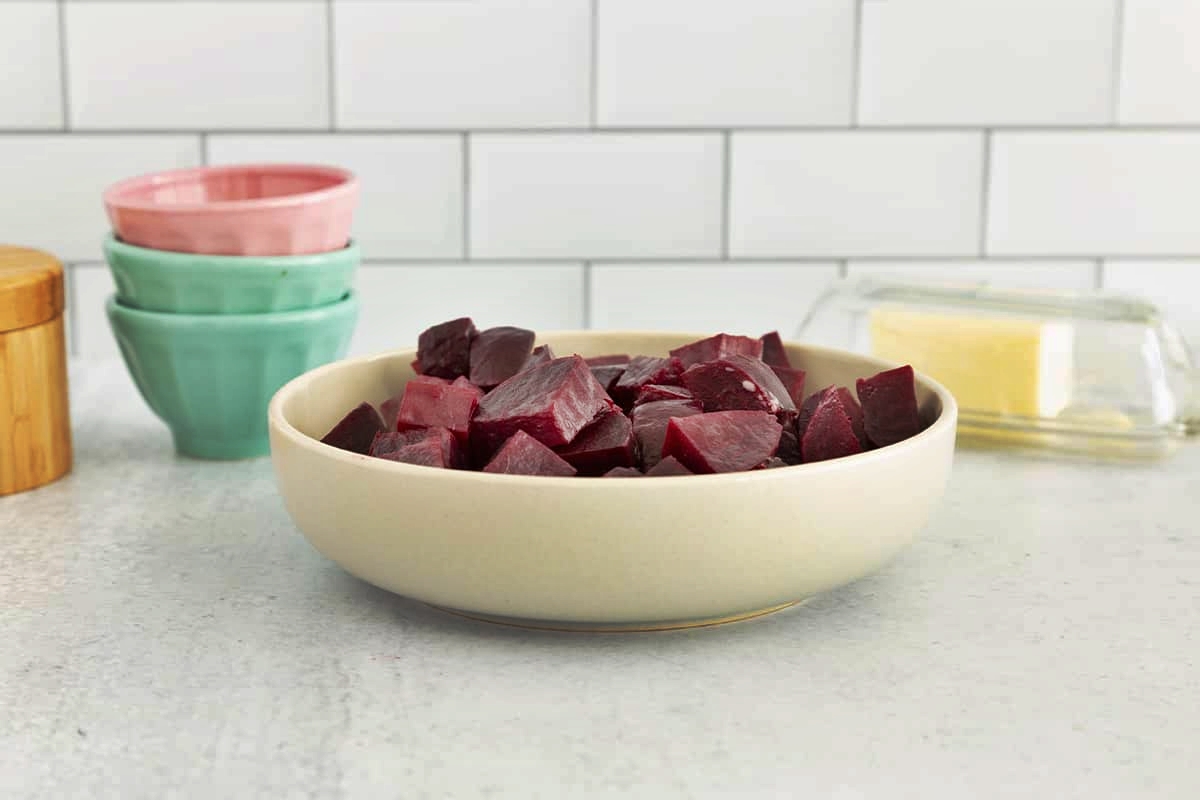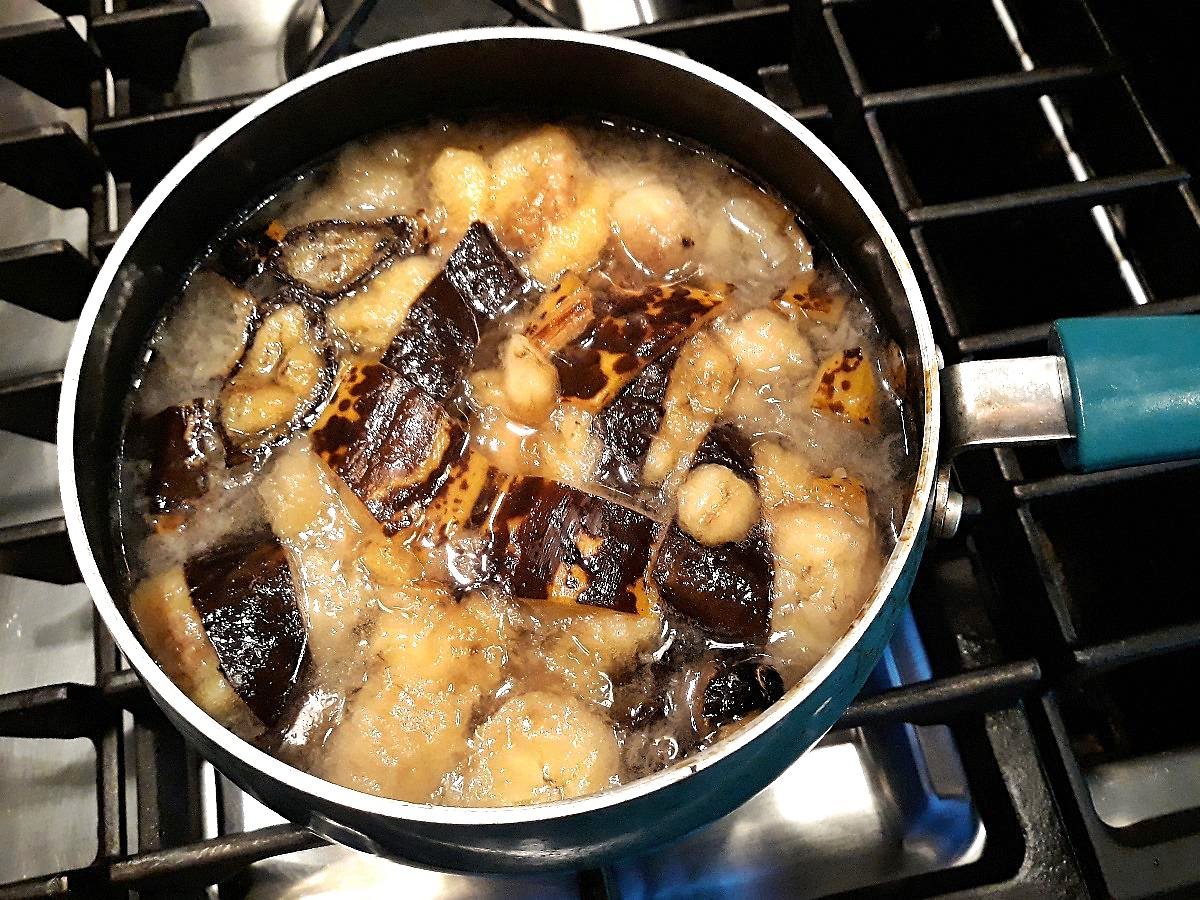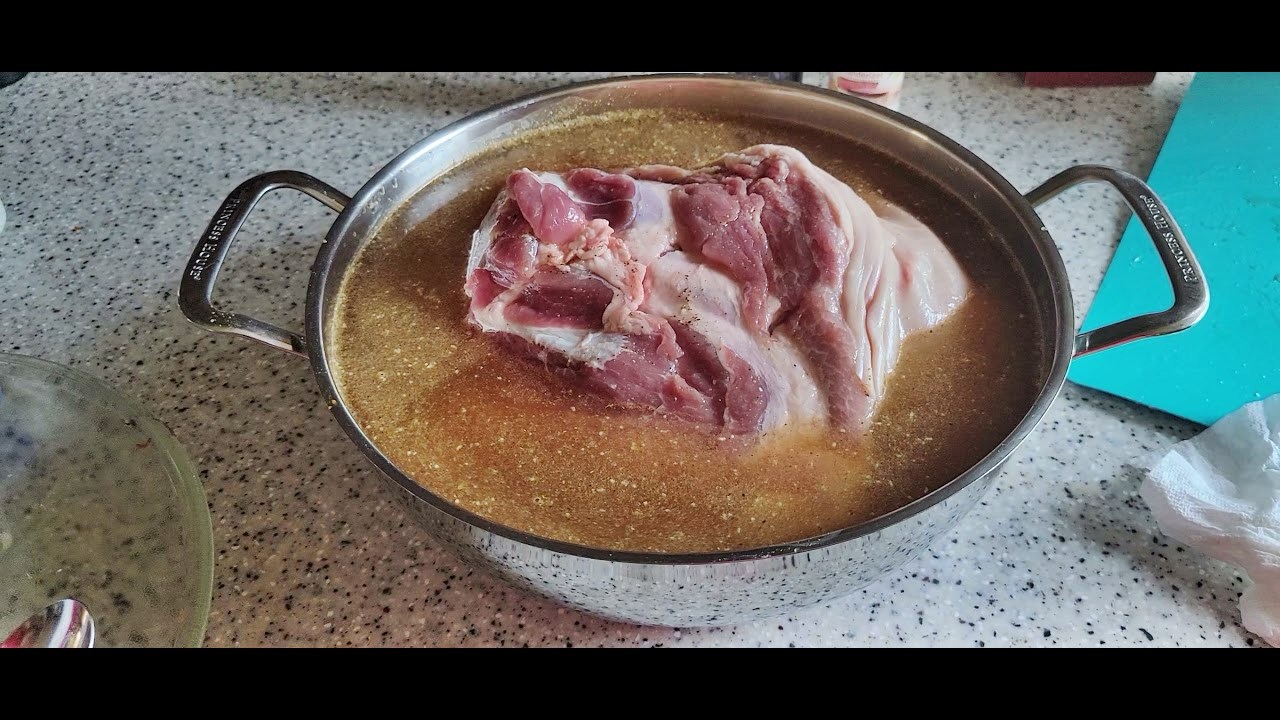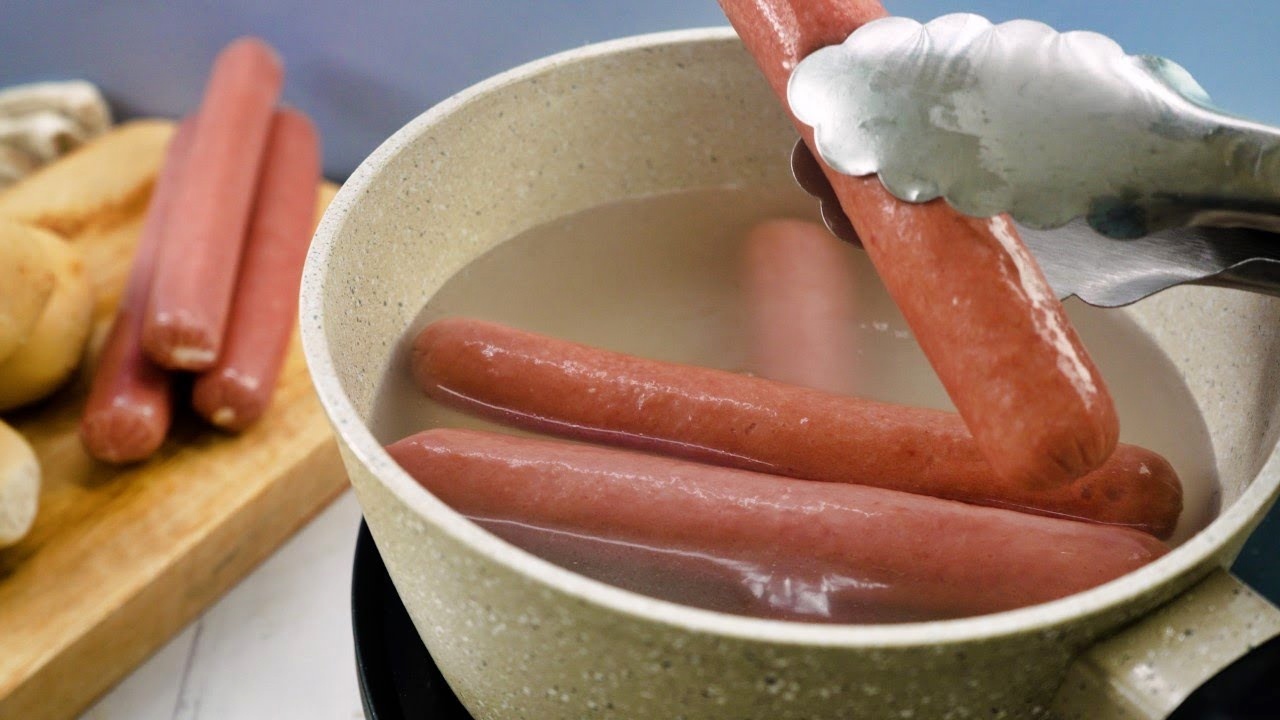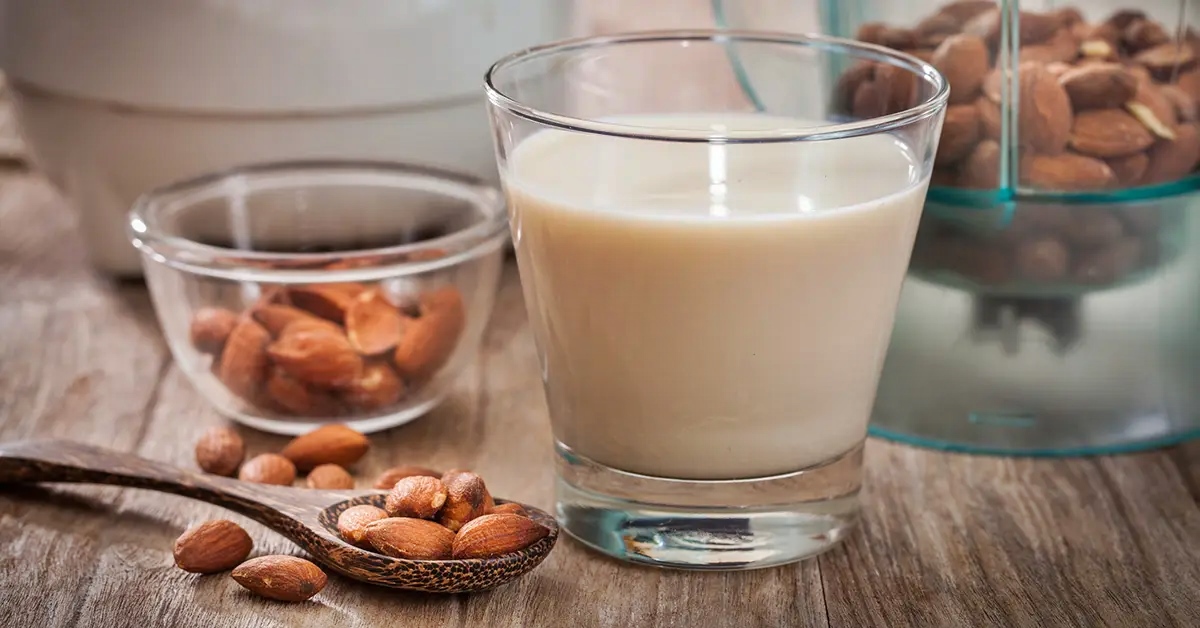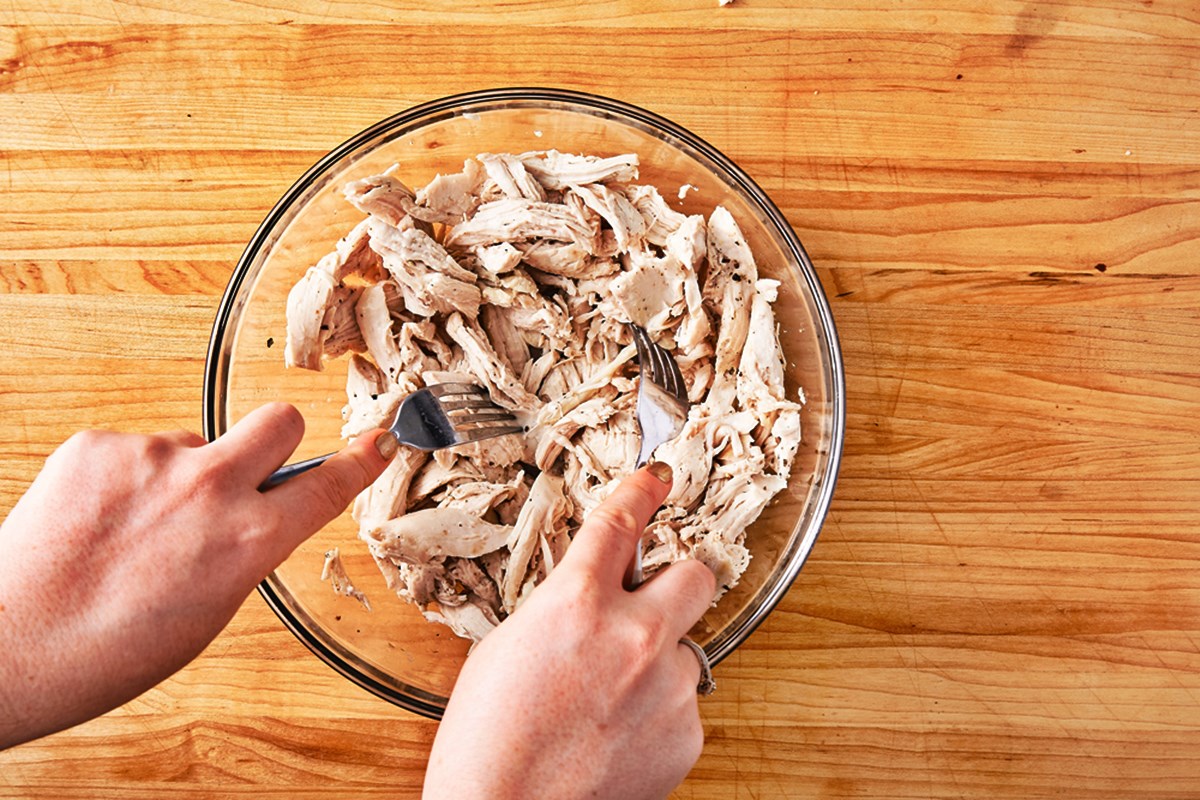How To Boil Milk On Stove
Boiling milk on the stove is a simple and essential kitchen skill that every food enthusiast should know. Whether you’re preparing a warm cup of milk for a soothing bedtime drink or using it as a base for a delicious homemade pudding or creamy sauce, mastering the art of boiling milk will ensure that you achieve the perfect consistency and flavor. Here are some easy steps to help you boil milk on the stove:
1. Choose the Right Pot
Start by selecting a pot with a thick bottom to prevent the milk from scorching. A heavy-bottomed saucepan or a non-stick pot works best for this purpose. Ensure that the pot you use has enough capacity to accommodate the desired quantity of milk without overflowing when it boils.
2. Pour the Milk
Gently pour the milk into the pot, taking care not to spill. It is always a good idea to leave some space at the top of the pot to allow the milk to expand as it heats up.
3. Heat on Low
Place the pot on the stove over low heat. Slowly warming the milk prevents it from scorching or forming a skin on the surface. Stir the milk occasionally using a wooden spoon to distribute the heat evenly.
4. Watch for Bubbles
As the milk starts to heat up, you may notice small bubbles forming around the edges of the pot. Keep a close eye on the surface of the milk to prevent it from boiling over. Adjust the heat as necessary to maintain a gentle simmer.
5. Stir Continuously
To prevent the milk from scorching or sticking to the bottom of the pot, it’s important to stir it continuously while it heats up. This will ensure that the heat is evenly distributed and that the milk boils gently.
6. Remove from Heat
Once the milk has reached the desired temperature or consistency, promptly remove it from the heat source. Be cautious not to overheat the milk as it can cause it to curdle or develop an unpleasant taste. The milk will continue to cook even after you remove it from the stove due to residual heat, so be mindful of this.
7. Let it Cool
Allow the boiled milk to cool down before using or storing it. You can transfer it to a different container and place it in the refrigerator to speed up the cooling process. Remember to cover the container to prevent any strong odors from seeping into the milk.
Important Tips:
- Never leave the milk unattended while it’s on the stove, as it can quickly boil over and create a mess.
- Use a spoon or spatula to scrape off any skin that forms on the surface of the milk while it boils.
- For flavored milk, you can add ingredients such as vanilla extract, cinnamon, or chocolate powder while the milk is heating up.
- If you accidentally scorch the milk, do not stir or scrape the burnt parts into the rest of the milk, as it can ruin the flavor.
Now that you have mastered the art of boiling milk on the stove, you can confidently proceed with your culinary adventures. Whether it’s a hot cup of milky goodness or a delectable milk-based dessert, your skills will surely impress and satisfy your taste buds. So go ahead and enjoy the incredible versatility and deliciousness of boiled milk!
More Delicious Recipes with Boiled Milk
Mastering the art of boiling milk on the stove opens up a world of culinary possibilities. From comforting beverages to rich, creamy dishes, the techniques you've learned can be applied across a spectrum of recipes. A great starting point is the Classic Hot Chocolate Recipe, perfect for chilly evenings. For those looking to enhance their dinner options, the Creamy Alfredo Sauce Recipe and White Sauce Pasta Recipe are excellent choices, providing a luxurious texture and depth of flavor to simple ingredients. Additionally, exploring the Homemade Yogurt Recipe could be a delightful venture into homemade dairy products, offering both health benefits and a sense of accomplishment. Each recipe utilizes the skill of milk boiling effectively, ensuring that you can create dishes that impress with their smoothness and taste.
1. Pour the desired amount of milk into a clean and thick-bottomed saucepan.
2. Place the pan on the stove over medium heat.
3. Stir occasionally to prevent the milk from scorching or sticking to the bottom.
4. As the milk starts to heat up, keep a close eye on it to avoid boiling over.
5. Once the milk reaches a gentle boil with small bubbles around the edges, reduce the heat to low or simmer.
6. Allow the milk to simmer for a few minutes, stirring occasionally.
7. Turn off the heat and let the milk cool before using or transferring it to a container for storage.
1. Use a thick-bottomed saucepan to prevent the milk from scorching.
2. Keep the heat level on medium or low to avoid boiling over.
3. Stir occasionally to distribute the heat evenly and prevent a skin from forming on top.
4. Do not leave the milk unattended while it is boiling.
5. Keep a close eye on the milk and immediately lower the heat if it starts to rise rapidly.
6. Use oven mitts or a cloth while handling hot pans or pouring the milk to prevent burns.
Was this page helpful?
Read Next: How To Boil Tempeh
